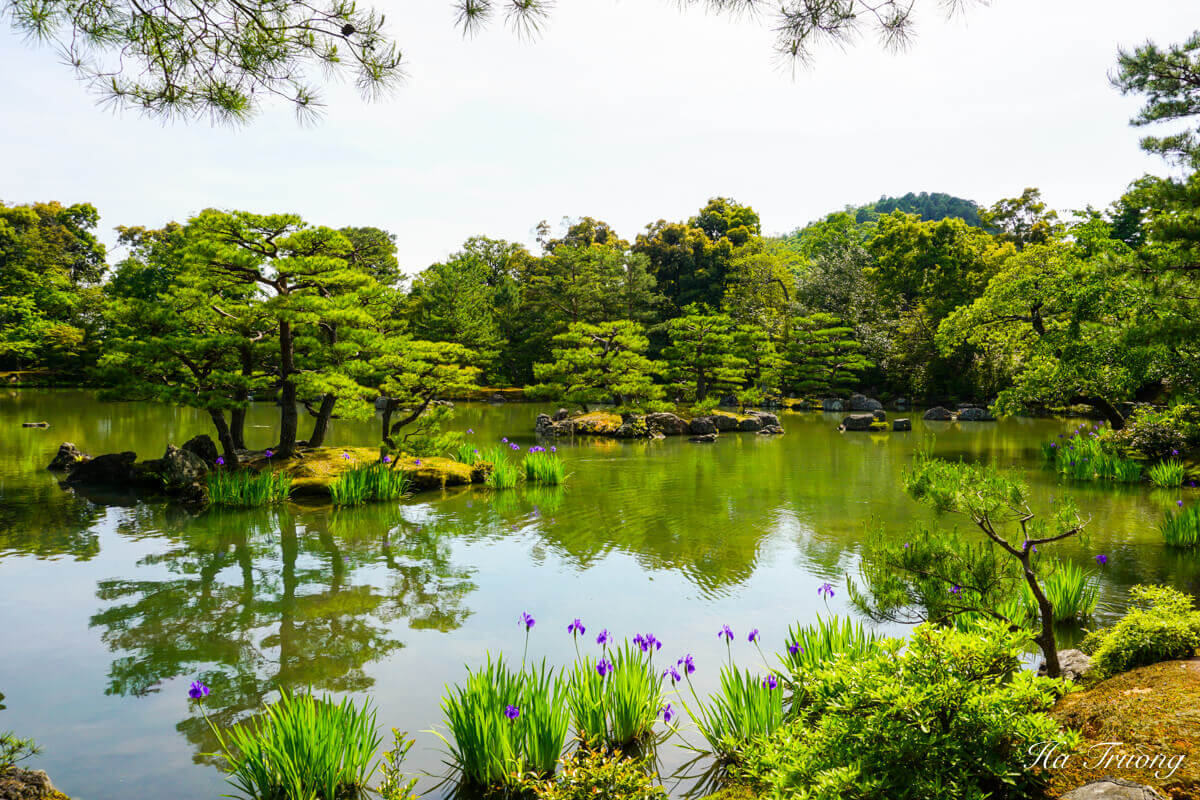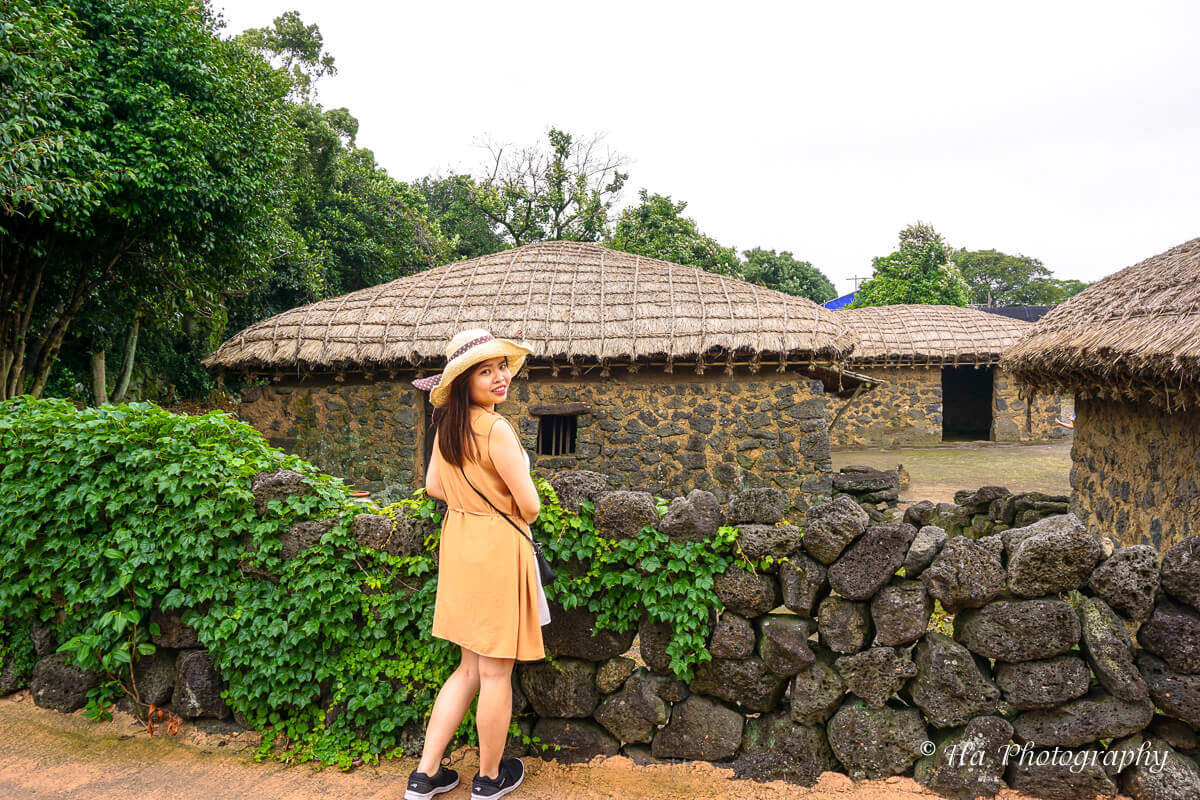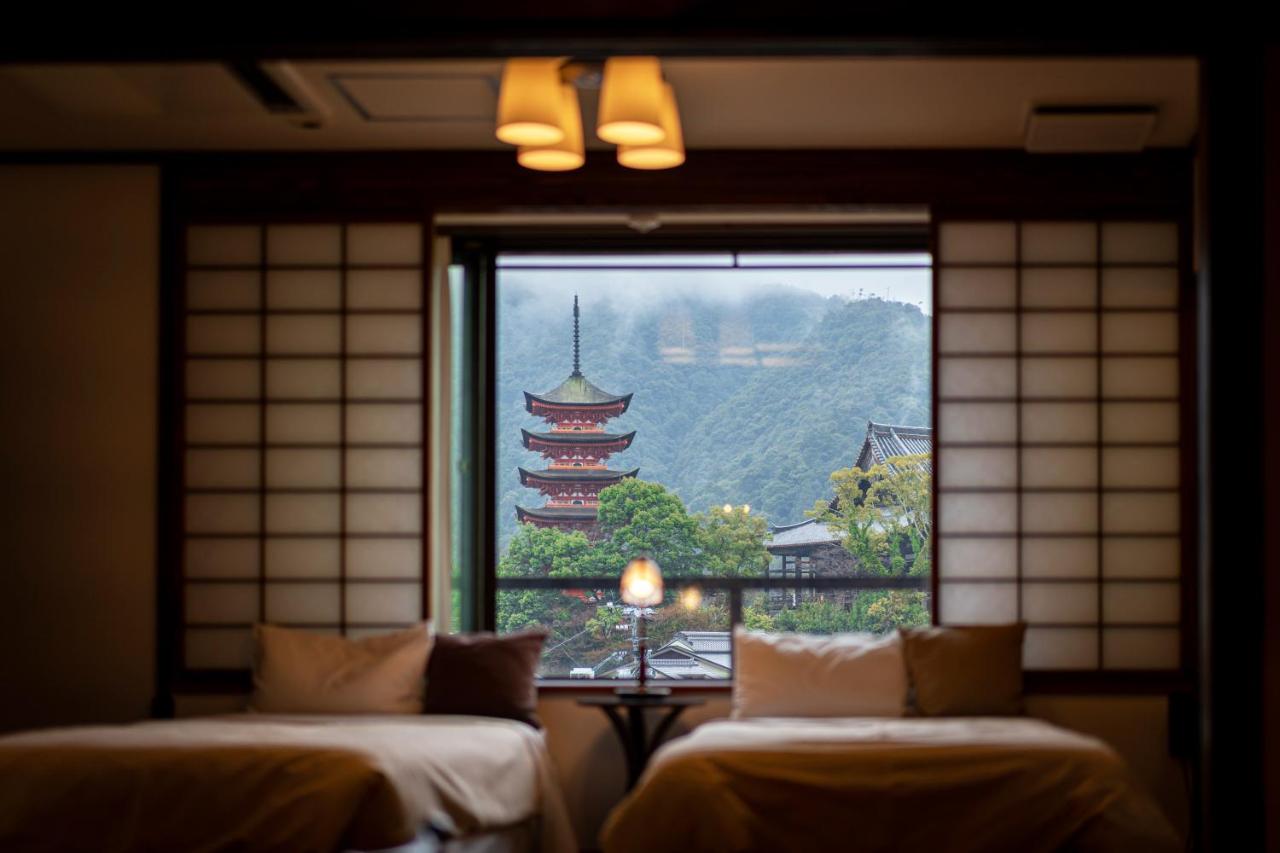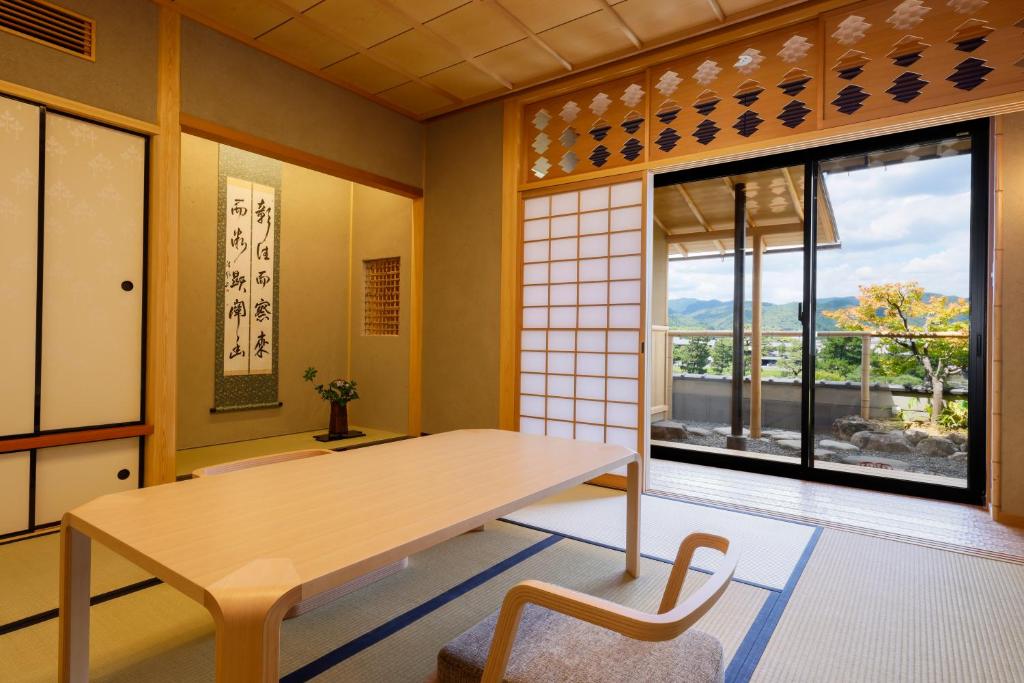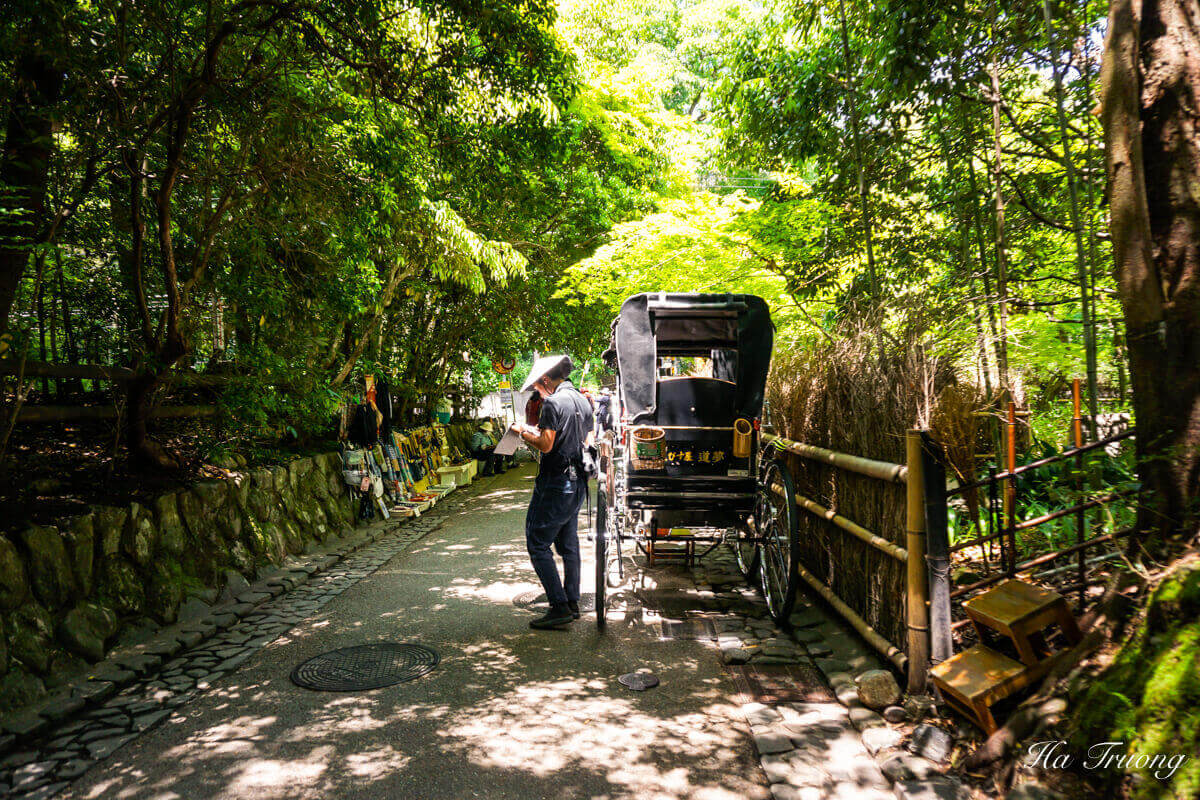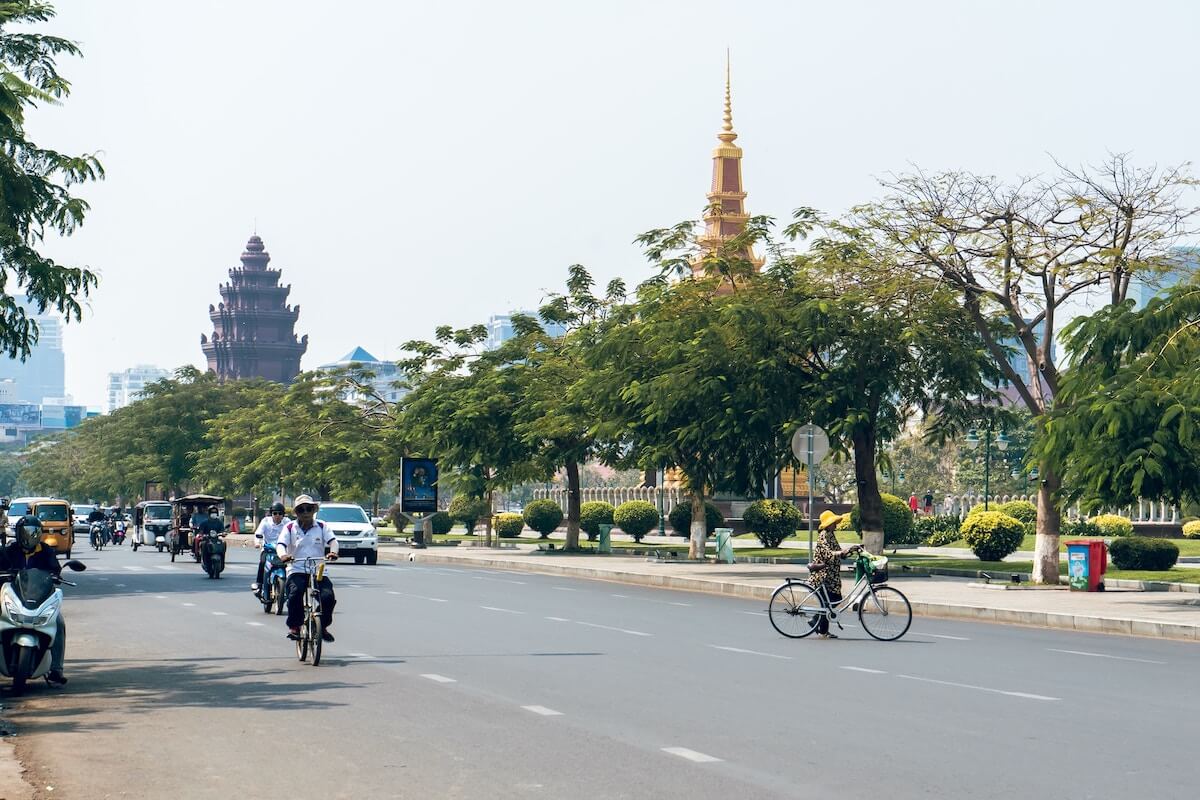Kinkakuji Temple: Golden Pavilion Kyoto Japan
Kyoto is one of the most visited destinations in Japan, thanks to its fascinating monuments, architecture, and gardens. Among many outstanding examples, the most famous is the Kinkakuji temple, often known as the Golden Pavilion.
This article is a brief guide to the Kinkakuji temple, including its history, entrance fee, architecture, and other tips.

About Kinkakuji Temple Kyoto
The Golden Pavilion was built in 1397 at the order of Shogun Ashikaga Yoshimitsu.
Although it survived Onin War (1467 – 1477), while all other areas were burned, the temple was burned in 1950 by Hayashi Yoken, a young monk.
Kinkakuji was restored in 1955 as the original and gilded in 1984.

Kinkakuji Temple’s opening hours
The temple of the golden pavilion opens from 9 am to 5 pm daily.
Kinkakuji Temple’s entrance fee
The admission fee of the Kinkakuji Temple is 400 Yen for adults (from high school students and up), 300 yen for elementary and junior high school students.
How to get from Kyoto to Kinkakuji Temple
From JR Kyoto Station, you can take the city bus to Kinkakuji-Michi Station, then walk for three more minutes.

Kinkakuji Temple architecture
Kinkakuji Temple is a three-story building in which the upper two floors are covered with pure gold leaf.
Each floor of this temple represents different styles.

The first floor has a Shinden style with natural wooden pillars contrasting white plaster walls.
The second floor has the Buke-Zukuri style used in the samurai housing architecture. Inside, you can find a Bodhisattva Kannon sitting surrounded by the Four Heavenly Kings statues.
The third floor, built in the traditional Zen style, brings a more religious atmosphere.
The roof is a tiled pyramid with a bronze phoenix statue.

This Golden temple was built on a mirror pond (Kyoko-chi) with specific functions that reflect the building itself.
This pond has 10 “islands” with specific settings representing the islands of Japan. It also symbolizes eternity, according to Japanese and Chinese folklore.
